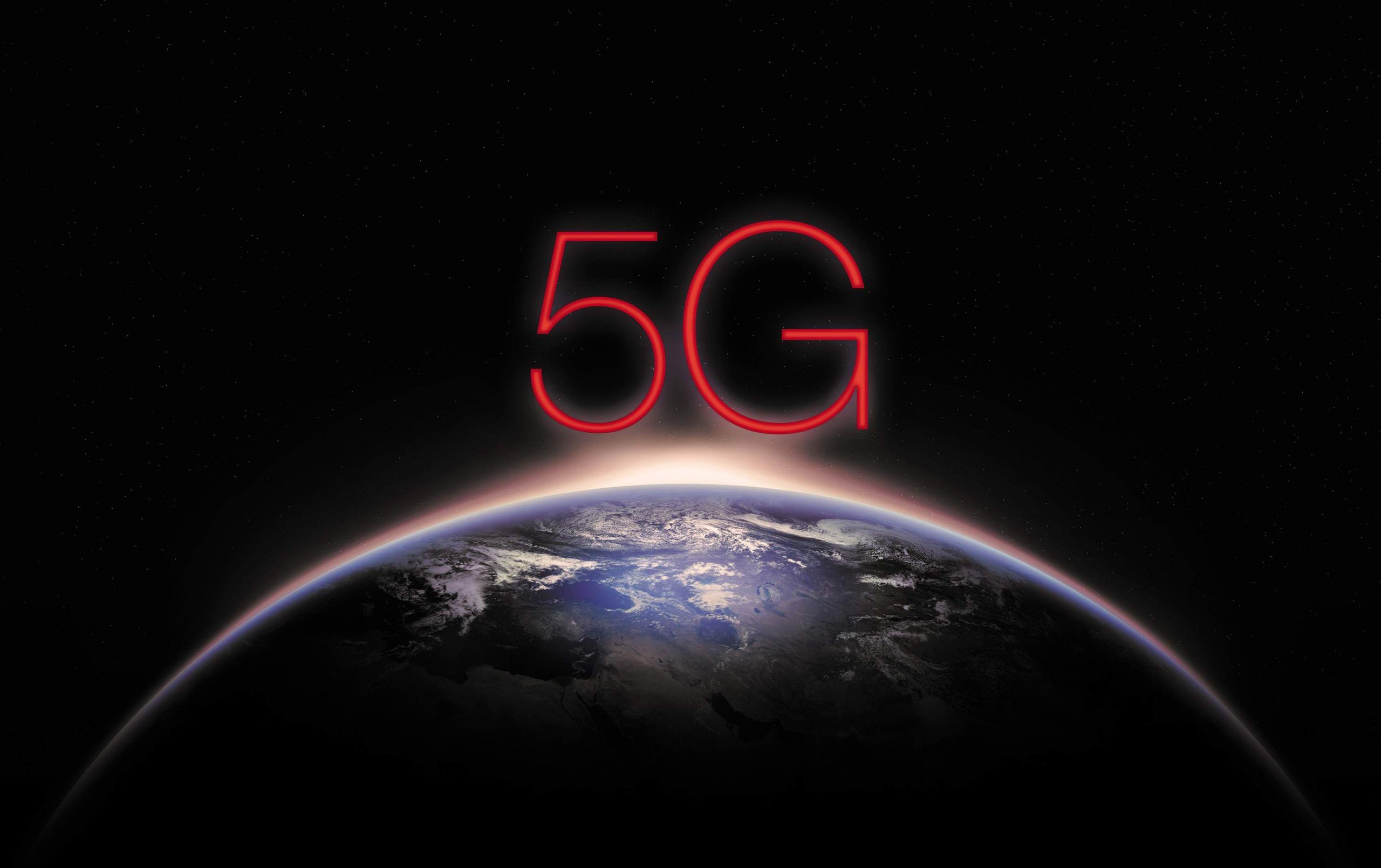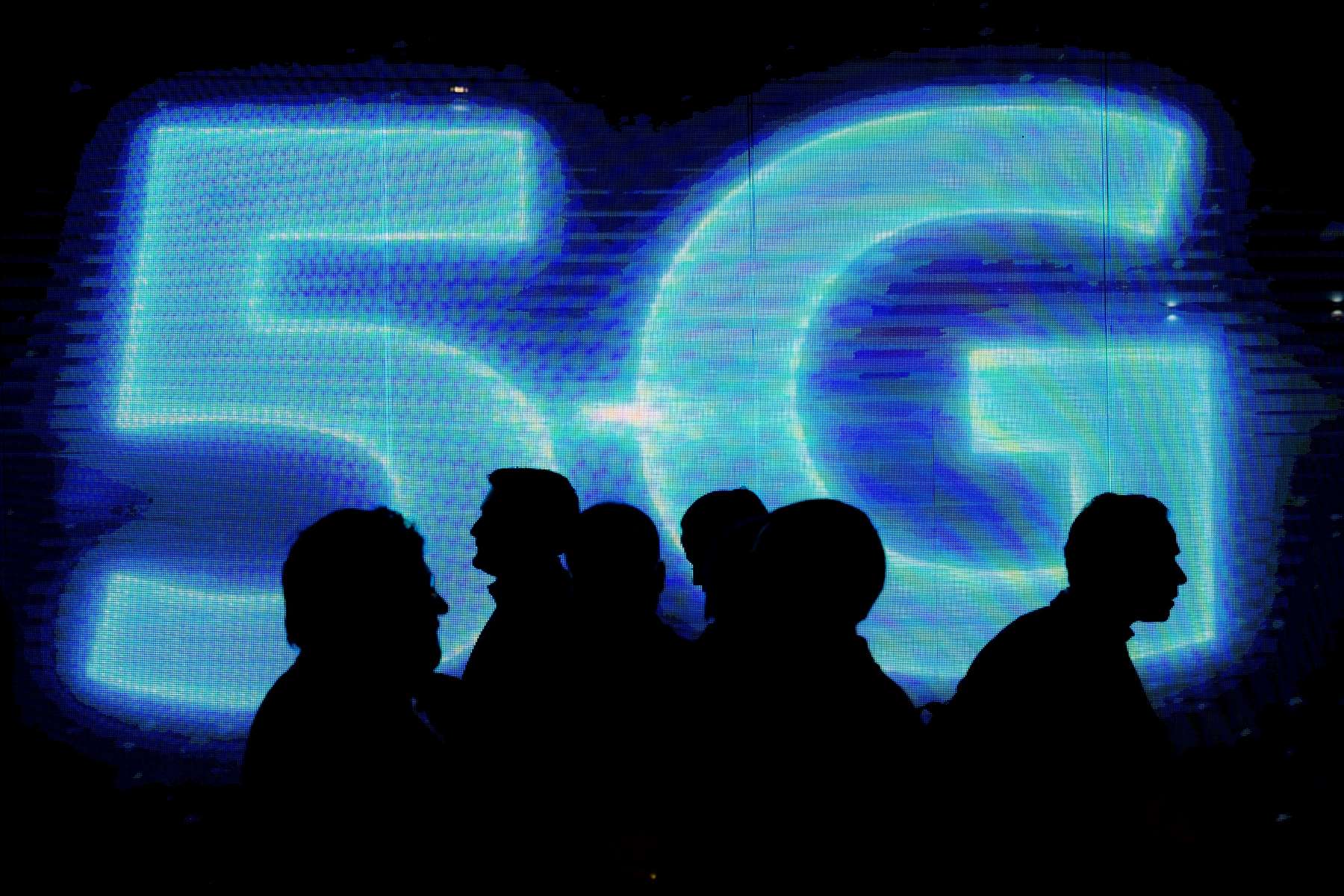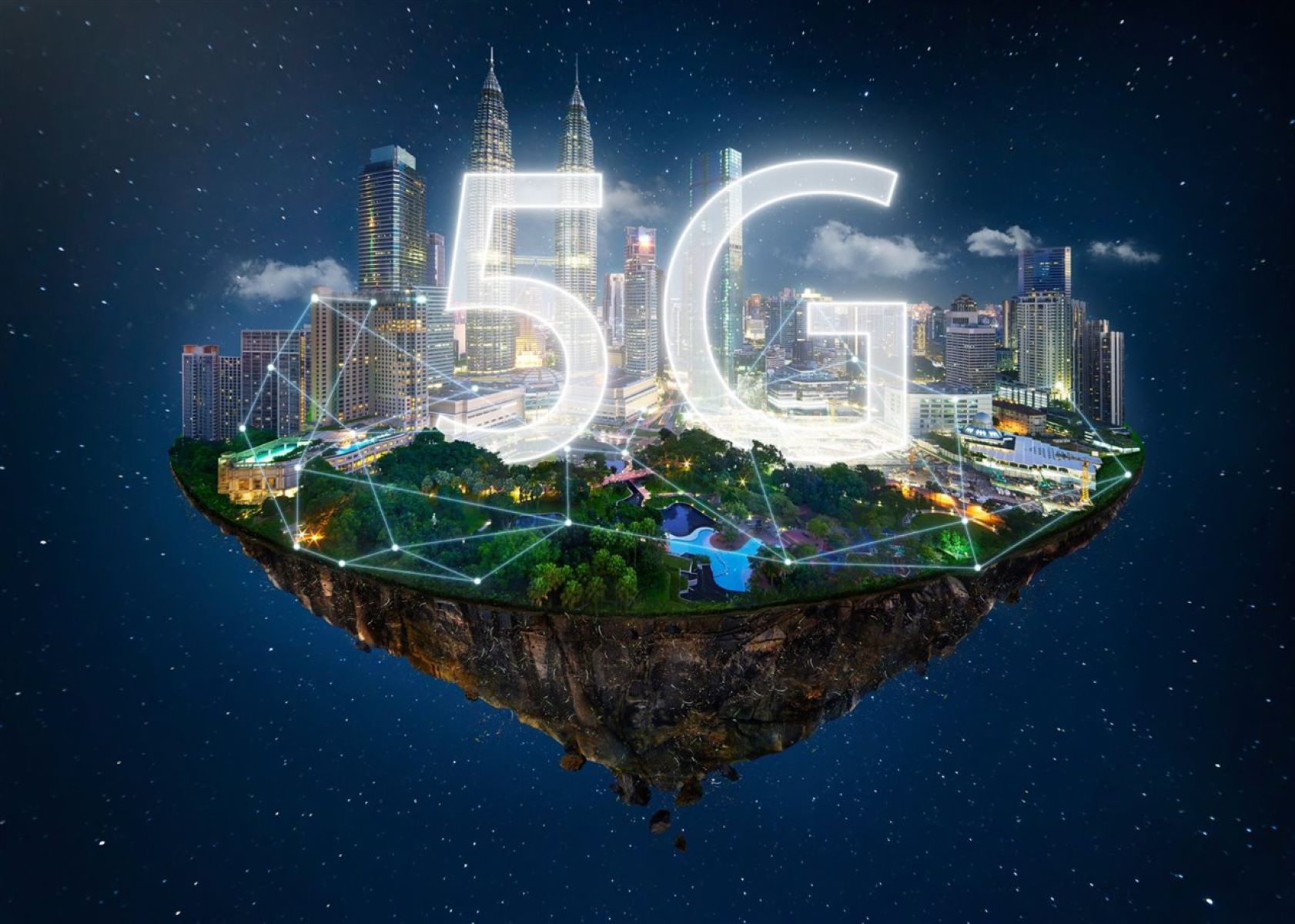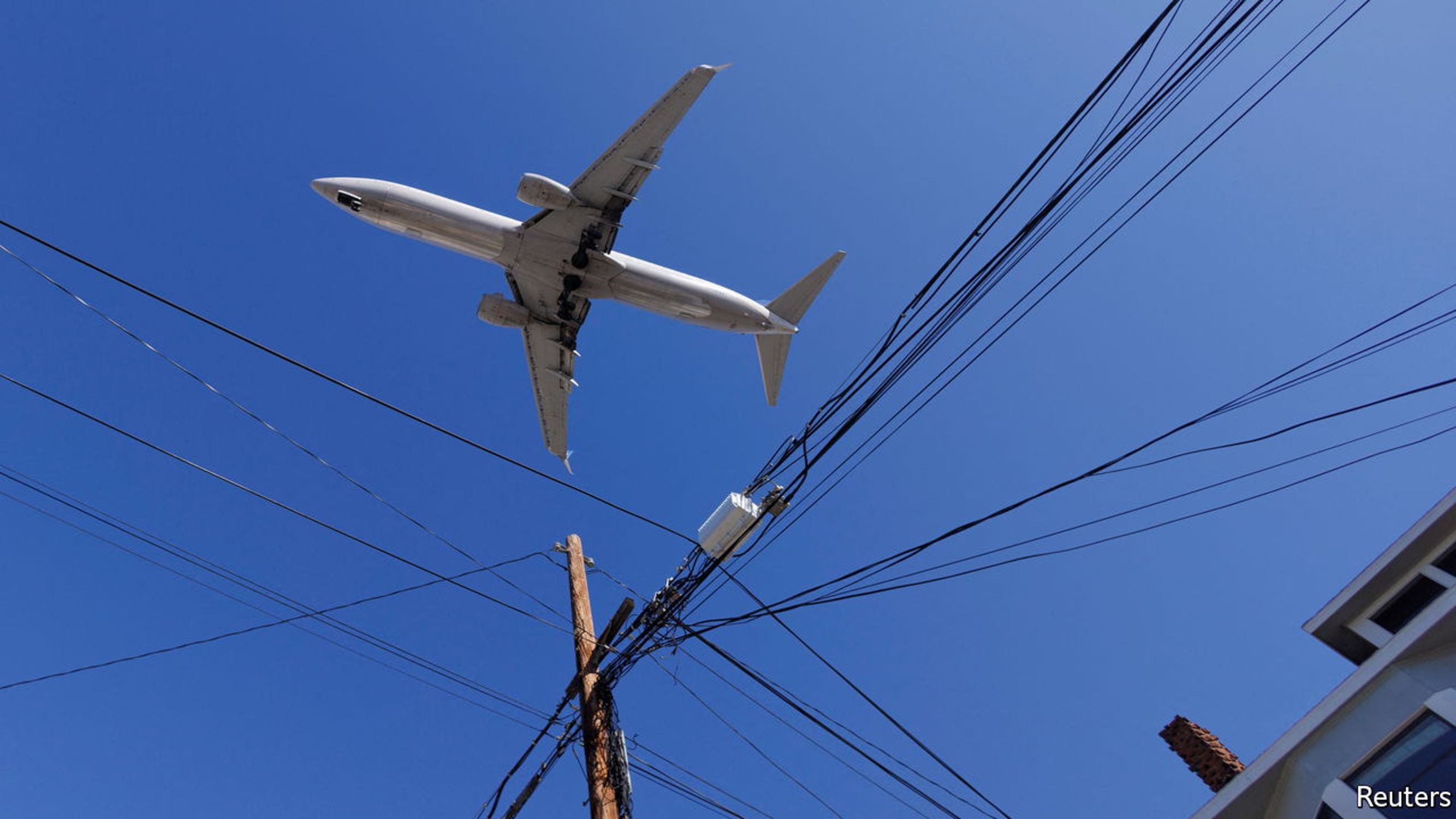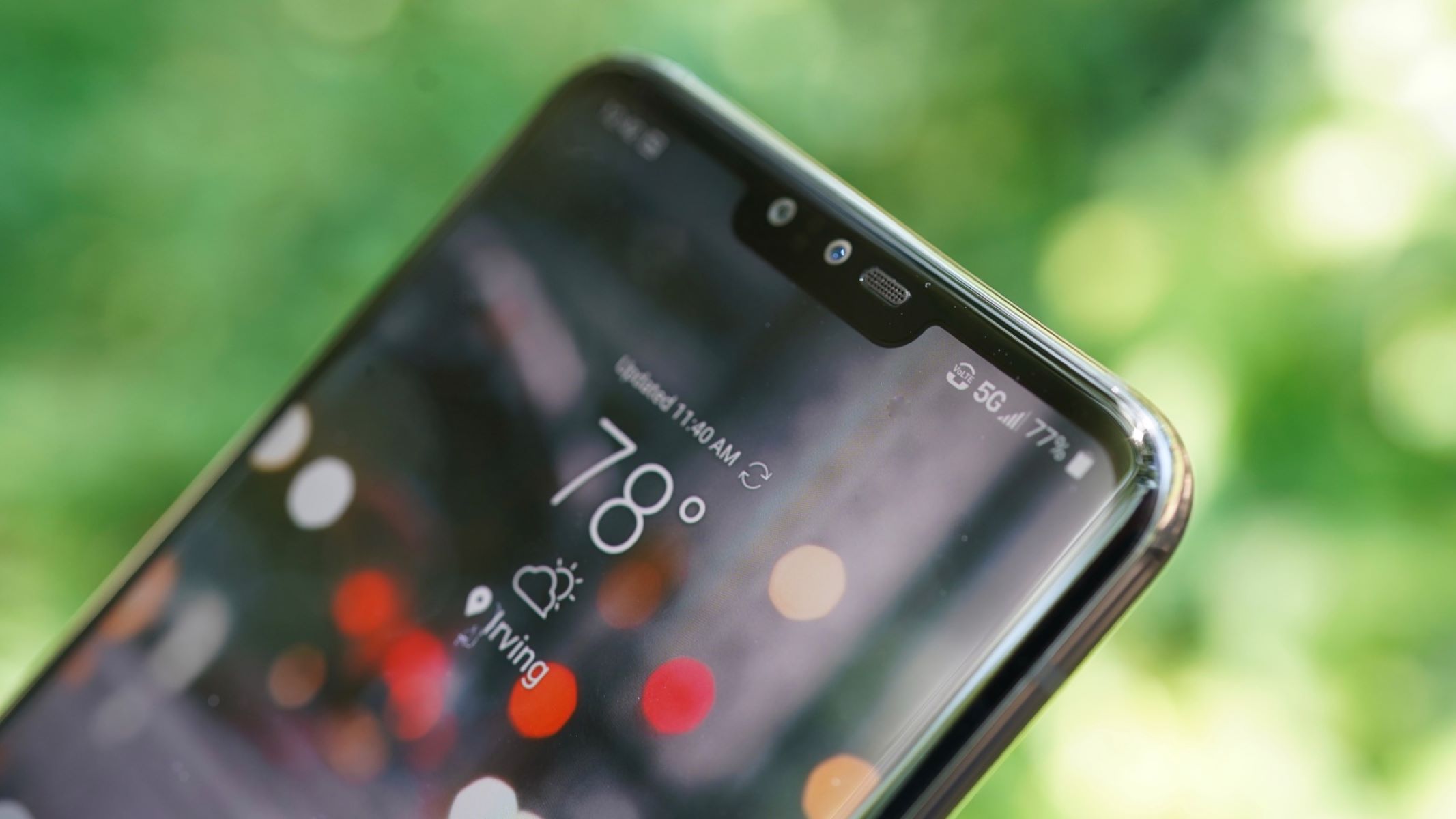Potential Health Risks
As 5G technology becomes more widespread, concerns about its potential health risks have arisen. While the scientific community is still investigating the long-term effects of exposure to 5G radiation, some experts believe that there could be potential health risks associated with this technology.
One of the main concerns is the higher frequency and shorter wavelength of the electromagnetic waves used in 5G networks. These waves are known as millimeter waves and are believed to have a higher absorption rate in the human skin compared to the waves used in previous generations of wireless technology. Some studies suggest that this increased absorption may lead to tissue heating and thermal effects.
However, it’s important to note that regulatory bodies like the Federal Communications Commission (FCC) maintain that 5G technology is safe and adheres to existing safety guidelines. They argue that the levels of exposure to 5G radiation are well below the established safety limits.
Nonetheless, the debate about the potential health risks of 5G continues. Some activists and organizations, such as the International EMF Scientist Appeal, argue that exposure to 5G radiation may have harmful effects on human health, including an increased risk of cancer and genetic damage. They call for more research to fully understand the impact of this technology on living organisms.
It is worth mentioning that the World Health Organization (WHO) has classified radiofrequency electromagnetic fields as “possibly carcinogenic to humans.” While this classification includes all radiofrequency radiation, not specifically 5G, it does highlight the need for ongoing research and monitoring.
In addition to the concerns about potential health risks, some individuals may also experience symptoms that they attribute to 5G exposure, such as headaches, fatigue, and insomnia. However, it’s essential to consider other factors that could contribute to these symptoms before attributing them solely to 5G technology.
As the deployment of 5G technology continues, it is crucial to prioritize further scientific research and long-term health studies to better understand any potential risks associated with this technology. Governments, regulatory bodies, and telecom companies need to work together to ensure that the deployment and use of 5G networks prioritize public health and safety.
Privacy and Security Concerns
5G technology brings with it a multitude of benefits, but it also raises significant concerns regarding privacy and security. With the increased connectivity and data transfer capabilities of 5G networks, there is a higher risk of potential breaches and unauthorized access to personal information.
One of the main concerns stems from the vast amount of data that will be generated by the Internet of Things (IoT) devices connected to 5G networks. These devices collect and transmit sensitive information, including personal data, location data, and even biometric data. As more devices become interconnected, the potential for data breaches and privacy violations increases.
Additionally, with faster download and upload speeds, there is an increased risk of cyber attacks and hacking attempts. The higher bandwidth of 5G networks provides more opportunities for hackers to exploit vulnerabilities in devices and networks. This puts individuals, businesses, and governments at a higher risk of data breaches, identity theft, and other cybersecurity threats.
Moreover, the use of 5G networks for surveillance purposes is another concern. The ability to transmit vast amounts of data quickly and efficiently could be harnessed by governments and other entities for mass surveillance, raising questions about individual privacy and civil liberties.
To address these concerns, it is crucial for governments, regulatory bodies, and telecom companies to implement robust privacy and security measures. This includes encryption protocols, secure authentication processes, and regular audits to identify and address vulnerabilities in the 5G infrastructure.
Furthermore, individuals must also take responsibility for their privacy and security. It is essential to stay updated with the latest security practices, such as using strong passwords, enabling two-factor authentication, and being cautious of sharing sensitive information online.
As the deployment of 5G technology progresses, it is paramount that privacy regulations and legislation are in place to protect individuals’ rights and ensure accountable use of personal data. Striking a balance between reaping the benefits of 5G technology and safeguarding privacy and security will be crucial for a trusted and sustainable digital future.
Environmental Impact
The rapid expansion of 5G technology brings both promising advancements and concerns regarding its environmental impact. While 5G networks offer increased efficiency and reduced energy consumption compared to their predecessors, there are still potential environmental drawbacks to consider.
One significant concern is the increase in energy demand due to the additional infrastructure required for 5G network deployment. The densification of cellular networks with small cell antennas and the expansion of data centers to process the enormous amount of data generated by 5G networks contribute to increased energy consumption.
Additionally, the production and disposal of 5G-enabled devices, such as smartphones and IoT devices, have an environmental footprint. The extraction of raw materials, manufacturing processes, and e-waste generated from outdated devices all have an impact on the environment.
Furthermore, the deployment of 5G networks often involves the installation of new infrastructure, including antennas and equipment. This may lead to aesthetic concerns and potential impact on natural landscapes, such as the installation of antennas on trees or buildings.
However, it’s important to recognize that 5G technology can also contribute to environmental sustainability. The efficiency and speed of 5G networks enable smart city applications, such as efficient transportation systems, environmental monitoring, and waste management, which can lead to reduced energy consumption and improve overall environmental sustainability.
To mitigate the environmental impact of 5G technology, efforts must be made to ensure that network operators and infrastructure providers adopt sustainable practices. This includes using renewable energy sources to power network infrastructure, implementing energy-efficient technologies, and actively recycling or reusing outdated devices.
Government regulations and industry standards can also play a crucial role in promoting environmentally responsible practices in the 5G ecosystem. Encouraging eco-design principles for devices, promoting circular economy strategies, and incentivizing sustainable network deployment can all help reduce the environmental impact of 5G technology.
As the deployment of 5G networks continues, it is essential to strike a balance between reaping the benefits of this technology and minimizing its environmental footprint. Collaboration between industry stakeholders, governments, and environmental organizations is key to ensuring a sustainable and eco-friendly approach to the implementation of 5G technology.
Inequality and Accessibility Issues
While 5G technology promises a new era of connectivity and innovation, it also highlights concerns regarding inequality and accessibility. The deployment of 5G networks may exacerbate existing disparities and create new barriers for certain populations, both within and between countries.
One of the main concerns is the unequal distribution of 5G infrastructure. The deployment of 5G networks often begins in urban areas and densely populated regions, leaving rural and remote areas with limited or no access to this technology. This digital divide can further disadvantage communities with limited resources, hindering their ability to access the benefits of 5G connectivity.
Moreover, the cost of upgrading devices and accessing 5G networks can create economic barriers for individuals and communities. The latest 5G-enabled devices often come with a hefty price tag, making them inaccessible for those with limited financial means. This lack of affordability can lead to further exclusion and hinder equal access to the opportunities provided by 5G technology.
There are also concerns regarding the accessibility of 5G networks for individuals with disabilities. Without proper consideration for inclusive design and accessibility features, individuals with visual impairments, hearing impairments, or mobility challenges may face difficulties in using and benefiting from 5G-enabled devices and services.
To address these issues, it is essential for governments and regulatory bodies to prioritize equal access and bridge the digital divide. This includes investing in infrastructure development in underserved areas, providing subsidies or incentives for affordable 5G-enabled devices, and ensuring accessibility standards are incorporated into the design of 5G technology.
Collaboration between telecommunication companies, governments, and community organizations is key to addressing the inequality and accessibility challenges posed by 5G technology. Initiatives such as public-private partnerships, community-led programs, and digital literacy campaigns can help empower disadvantaged communities and ensure equitable access to the benefits of 5G.
By actively addressing inequality and accessibility issues, we can strive to create a society where everyone can benefit from the transformative power of 5G technology, regardless of their geographical location, economic status, or abilities.
Potential Interference with Existing Technology
As the deployment of 5G technology expands, concerns about potential interference with existing technology have emerged. The high-frequency millimeter waves used in 5G networks have a shorter range and are more easily blocked by obstacles, which may impact the performance of certain devices and systems.
One area of concern is the potential interference with weather forecasting systems. Certain frequencies used by 5G networks overlap with the frequencies used by weather satellites to measure atmospheric conditions. This interference can affect the accuracy of weather predictions, jeopardizing the ability to forecast severe weather events and potentially putting lives at risk.
Furthermore, 5G networks operate at higher frequencies that have shorter wavelengths. This can result in reduced signal penetration through buildings and other physical barriers. As a result, there may be limitations in indoor coverage and potential disruptions to devices that rely heavily on signal strength, such as IoT devices, smart home systems, and even mobile phones.
Another area of concern is the impact of 5G on existing wireless networks. As 5G networks utilize different frequencies and technologies, there is a possibility of coexistence issues and interference with older generations of wireless technology, such as 4G LTE or Wi-Fi networks. This could lead to decreased performance, slower speeds, and compromised connectivity for devices operating on these networks.
To mitigate these potential interference issues, regulatory bodies and telecommunication companies need to collaborate and ensure compatibility between different technologies. This involves conducting thorough testing, establishing standards for coexistence, and implementing protocols to minimize interference and optimize network performance.
Collaboration is also crucial between different sectors, such as the telecommunications industry, weather forecasting agencies, and regulatory bodies. By working together and sharing information, they can develop solutions that address potential interference with weather systems and ensure the reliability of critical services.
While potential interference is a valid concern, it’s important to note that technological advancements and ongoing research can help overcome these challenges. By implementing proper planning, testing, and coordination, the deployment of 5G technology can be managed in a way that minimizes interference and maximizes the benefits of this next-generation network.







